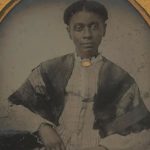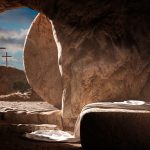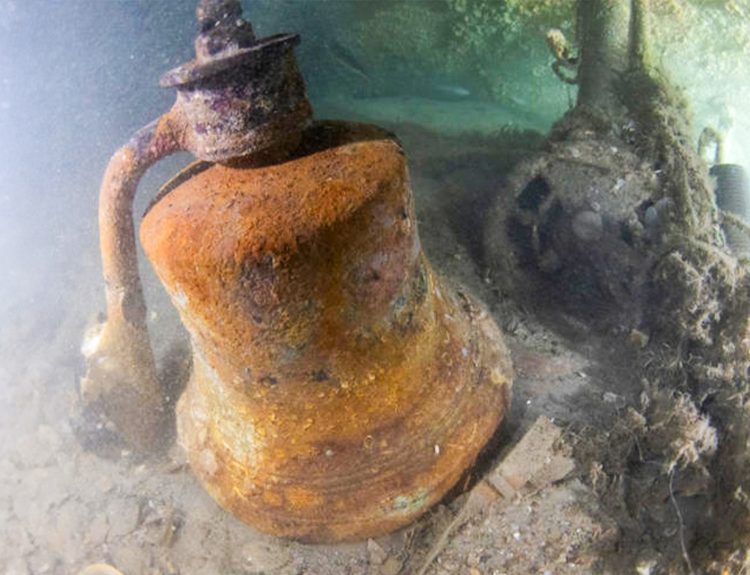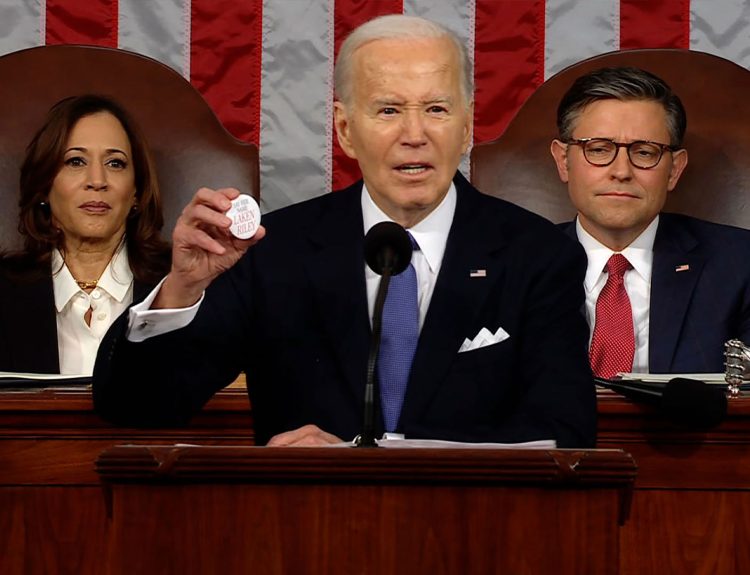To misquote Forrest Gump, moonshine and NASCAR racing go together like “peas and carrots.” In fact, as we will see in a moment, NASCAR owes its existence to this illegal alcohol … or more precisely, to the daring drivers who transported moonshine across the rugged roads of Appalachia.
Last week, workers doing routine cleaning and repairs at the North Wilkesboro Speedway in North Carolina may have just uncovered tangible proof of the connection between moonshine and NASCAR racing. Beneath the grandstands, they discovered a possible moonshine cave. Many locals were not shocked to hear of this discovery. They’ve heard rumors of its existence for years.
For the Love of Moonshine
On January 17, 1920 – the date the 18th Amendment to the Constitution went into effect – it became illegal for anyone to produce, transport, sell, and consume alcohol in the United States. Of course, that did not stop people from producing, transporting, selling, and consuming alcohol. They just did these things in secret.

During Prohibition, which finally ended in 1933, moonshine’s popularity rose. This homemade, unaged whiskey was produced under the cover of darkness – by the shine of the moon – in rural, backwoods areas, particularly in the South and Appalachia.
Makin’ ‘Shine
Moonshine was fairly easy to produce and didn’t require fancy equipment. Moonshiners just stirred together corn, sugar, and yeast into a fermented mixture, then distilled it using copper stills. The liquid that was produced was potent and tasty … and illegal.

Moonshiners went to great lengths to evade law enforcers. The locations of moonshine stills were a closely guarded secret. And to deliver the moonshine to waiting customers, distillers relied on skilled drivers with fast cars.
“Bootleggers” and “Whiskey Trippers” Transported Moonshine Across the South
Bootleggers and Whiskey Trippers – slang for drivers who delivered illegal alcohol – could make good money transporting moonshine across the South. That is, if they could avoid getting caught. A good moonshine runner had to know all the backroads in an area, but more importantly, he had to be an exceptional driver.
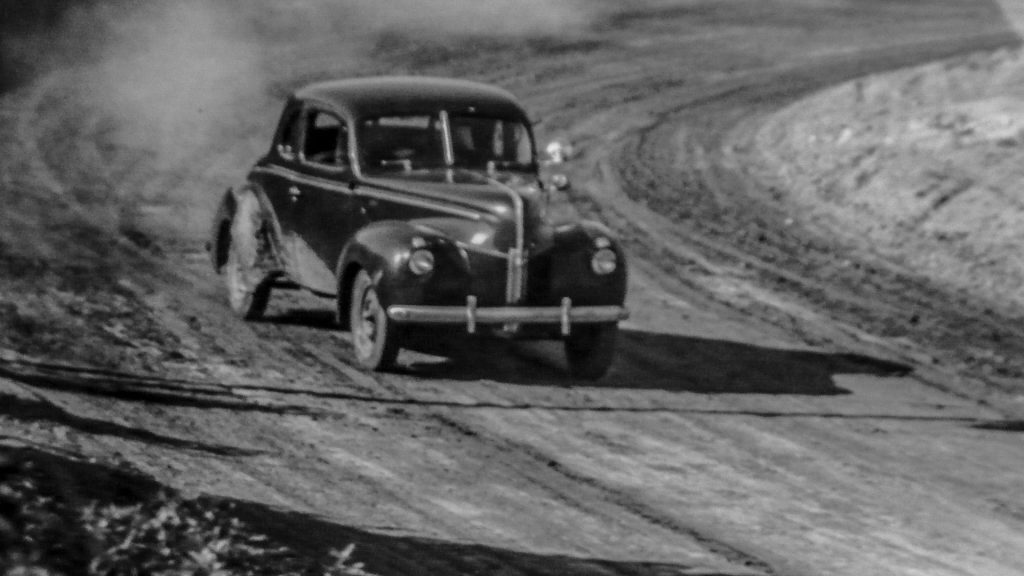
Rural dirt roads in the South during the 1920s and 1930s were narrow, steep, and treacherous. If a driver hoped to outrun the police, he had to know the terrain and have experience negotiating the turns, gullies, hills, and dips in the roads.
Souped-Up Engines
Another way to leave law enforcement in the dust was for the drivers to modify their car engines to maximize output. But they didn’t stop there.
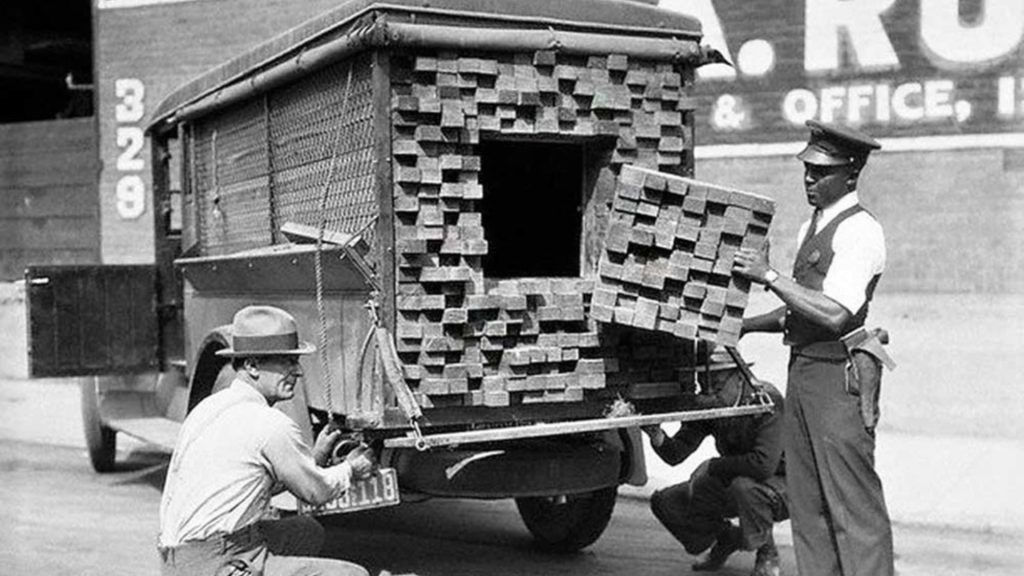
Some successful whiskey trippers welded steel plates to the front of their cars so that the police couldn’t shoot out their radiators. Others rigged their vehicles to dump nails or oil onto the road from the rear of their vehicles to disable the pursuing cars.
From Bootlegging to Car Racing
Many of NASCAR’s early drivers cut their teeth as rumrunners. Junior Johnson, Wendell Scott, Raymond Parks, and Curtis Turner were just a few of the sport’s early stars who moonlighted as moonshiners.
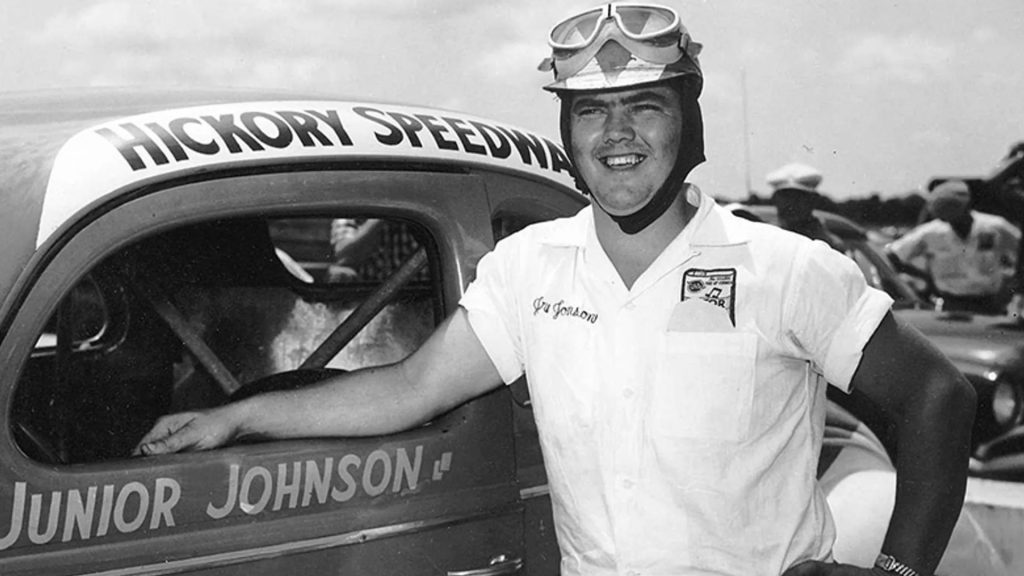
Bootleggers made excellent race car drivers. As Junior Johnson once explained, “Moonshiners put more time, energy, thought, and love into their cars than any racer ever will. Lose on the track and you go home. Lose with a load of whiskey and you go to jail.”
Wilkes County, North Carolina – the Moonshine Capital of America
Even after Prohibition ended, it was still illegal to manufacture and transport moonshine, mostly because it circumvented government regulations and Internal Revenue Service. No where was moonshine more popular than Wilkes County, North Carolina. This region of Appalachia, located about 80 miles north of Charlotte, was nicknamed the Moonshine Capital of America.
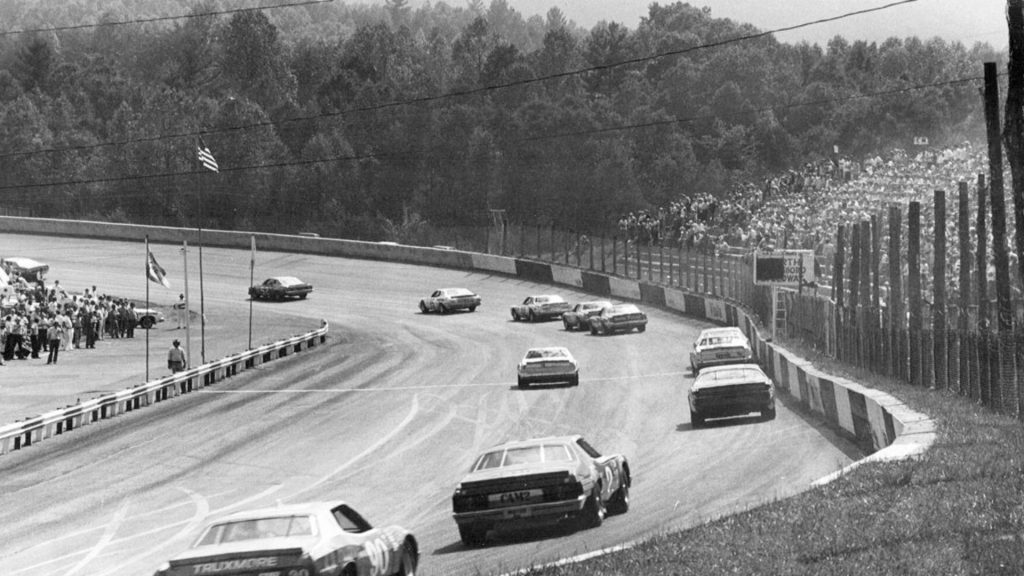
The North Wilkesboro Speedway opened for business in 1948, the same year that NASCAR formed. The racetrack was one of the first used by NASCAR-sanctioned races and had numerous NASCAR events, including 93 Winston Cup Series races. The track closed in 2011 but reopened for racing action in 2022.
Local Rumors Have Swirled for Decades
People living in Wilkes County have long whispered about a secret moonshine still that operated at the historic North Wilkesboro Speedway. Most people chalked these rumors up to local lore or urban legends. But it was a tantalizing possibility.
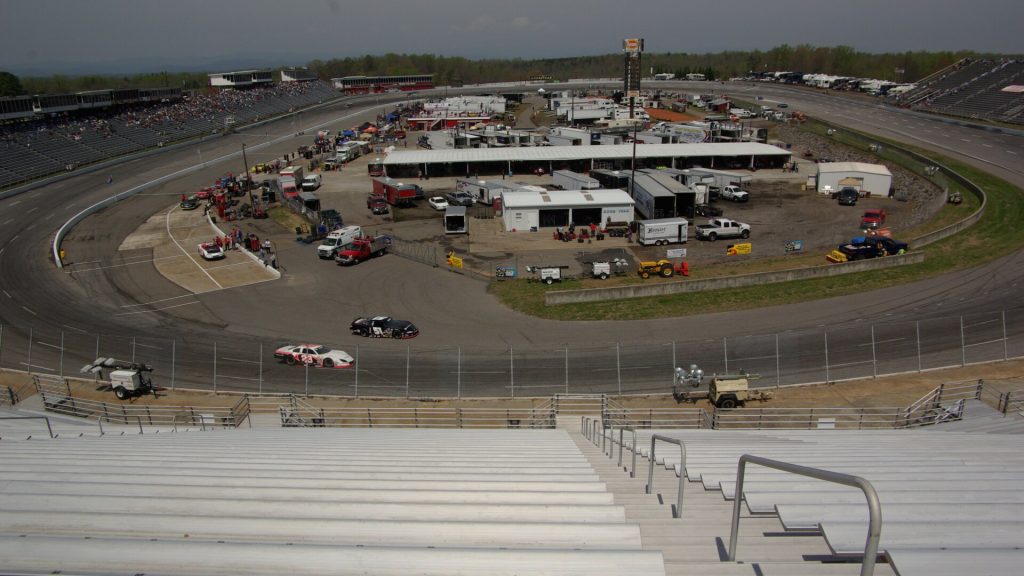
The old adage tells us that there is often a grain of truth in rumors and legends. That just might be the case with the North Wilkesboro Speedway. And an unexpected discovery made just last week could finally put these rumors to rest.
Cracks in the Concrete Leads to a Remarkable Find
A maintenance crew was preparing the grandstand for the upcoming season of racing, which kicks off during NASCAR All-Star Race Week slated for May 14 through 19. The workers noticed cracks in the original concrete in one section of the grandstand, Section N.
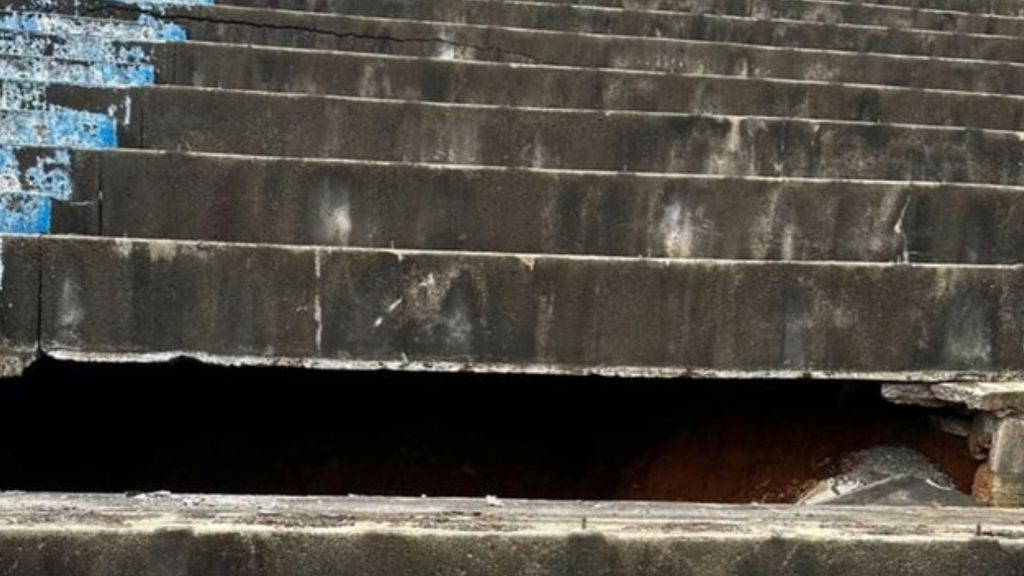
To get a better look at the damage, the crew removed the seats from Section N. They determined that the aging concrete would need to be repaired. It was during those repairs that the workers discovered a secret chamber, approximately 700-square-feet in size, hidden beneath the concrete.
“A Perfect Location”
According to Steve Swift, the senior vice president of operations and development at the speedway, “When we began renovating and restoring North Wilkesboro Speedway in 2022, we’d often hear stories of how an old moonshine still operated here on the property under the grandstands.”
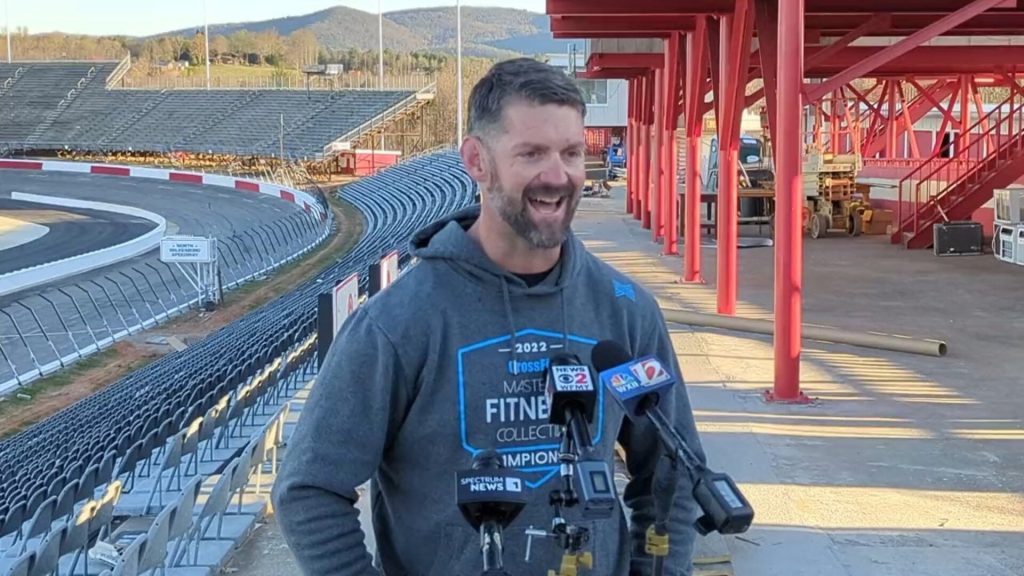
He continued, “Well, we haven’t found a still (yet), but we’ve found a small cave and an interior wall that would have been the perfect location to not only make illegal liquor, but to hide from the law as well. We don’t know how people would have gotten in and out, but as we uncover more, there’s no telling what we might find.”
Are the Rumors Confirmed?
Swift noted that the newly discovered cave beneath the concrete is not concrete (pun intended) proof that moonshiners once distilled illegal whiskey at the speedway, but it offers a tangible clue that the rumors may have been true.
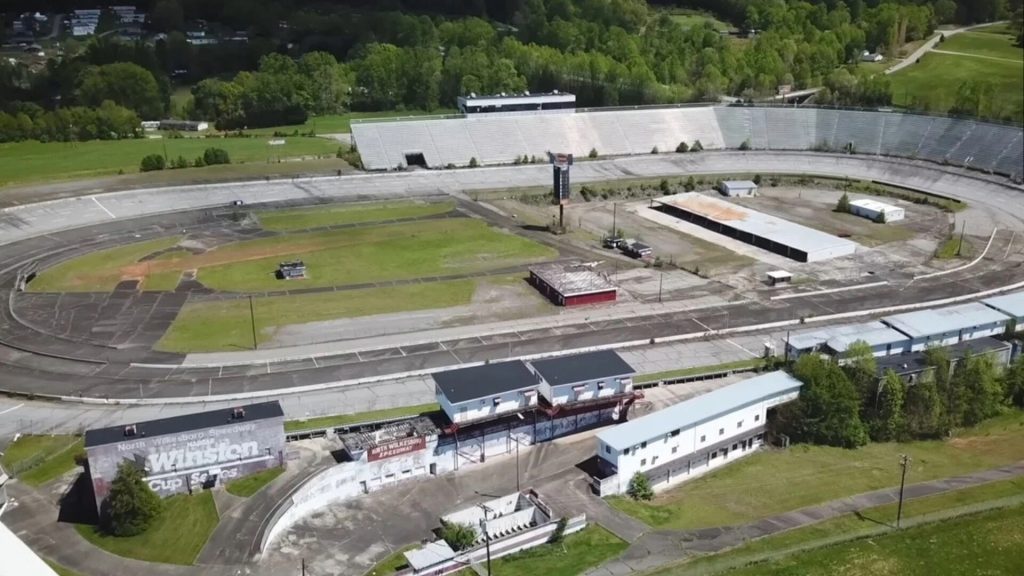
When you consider Wilkes County’s reputation for moonshine production and the close association between whiskey trippers and NASCAR drivers, the circumstantial evidence starts to stack up.
The Work Crew Removed Some 600 Seats
Right now, the staff and work crew at the North Wilkesboro Speedway are evaluating the discovery and developing a plan to repair the concrete. They have removed some 600 seats from both Sections N and O to make room for the repair work.
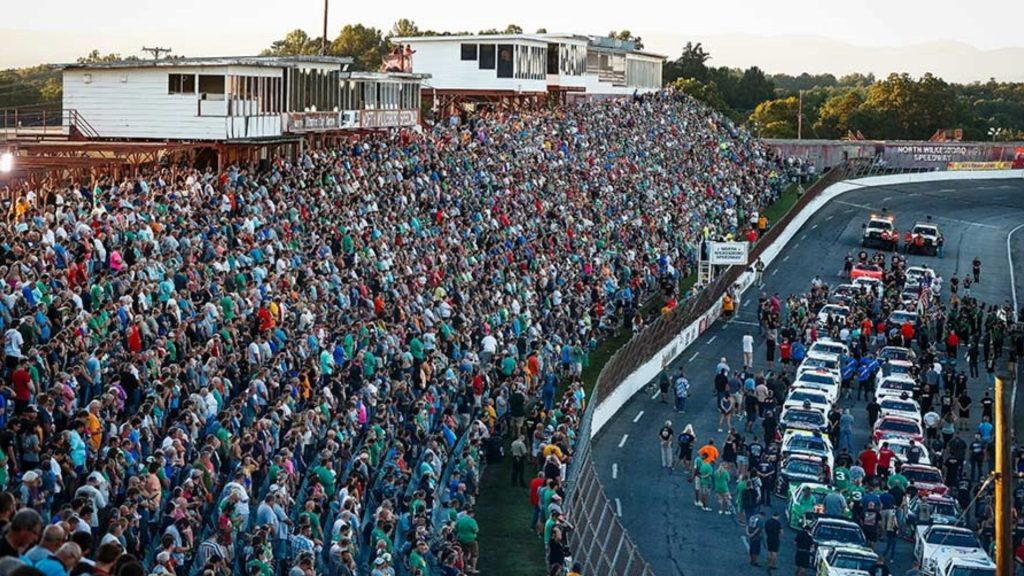
According to Swift, “Now we have a race before the race! The area that’s been affected by the sinkhole is a frontstretch grandstand area with some of the best views of the track. We’ll have a lot of work to get done before NASCAR All-Star Race Week.”
Moonshine Is an Integral Part of the Local Culture
Although Brian Call’s distillery in Wilkesboro is now on the up and up, he says that the production of illegal moonshine was his family’s secret business for generations. His Call Family Distillery is the present-day version of his family heritage … a heritage that was shared by many of the county’s residents.
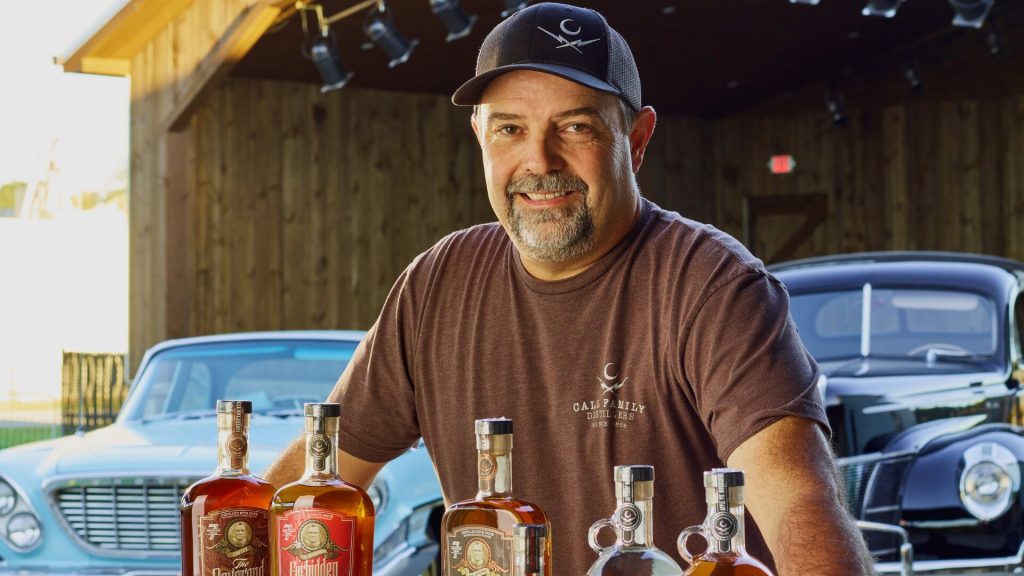
Call also added that racing was part of his family’s heritage as well. As a child, he says he “never missed a race. I was always down at the racetrack.” And so was his father.
A Family Tradition
Willie Clay Call, Brian Call’s father, was a successful and well-known moonshiner in the 1940s through 1960s. He wonders if his father had a hand in building the secret moonshine cave at the North Wilkesboro Speedway.
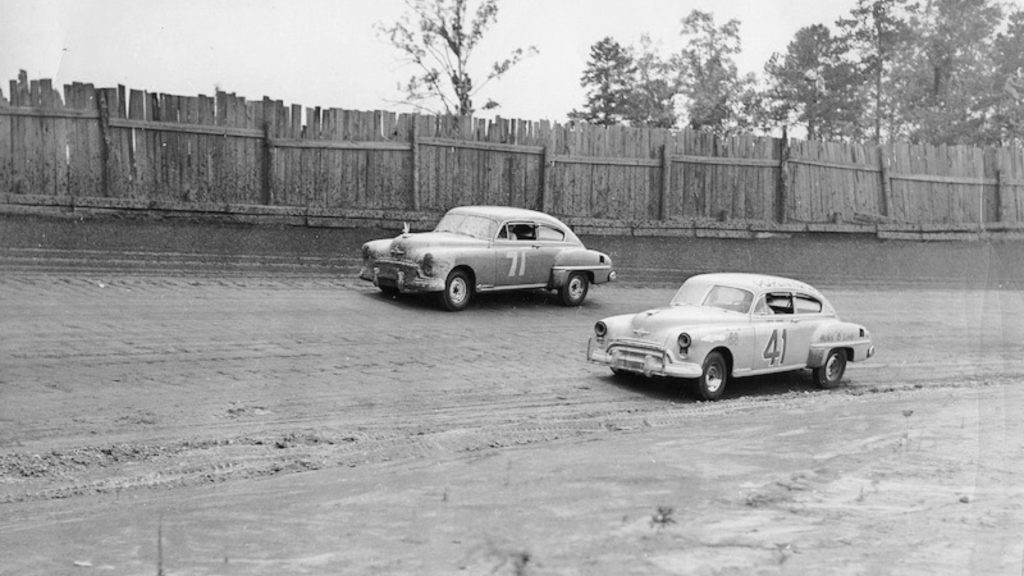
He noted, “He never mentioned it, but I know he was a big part of things in Wilkes back in the day.” As for Call, he is excited about the possibility that the long-time rumors about a still hidden at the racetrack might possibly be true.
“It Is Our Heritage”
Call says that he is delighted that the discovery of the possible moonshine cave at the racetrack has created interest in the history of the area.
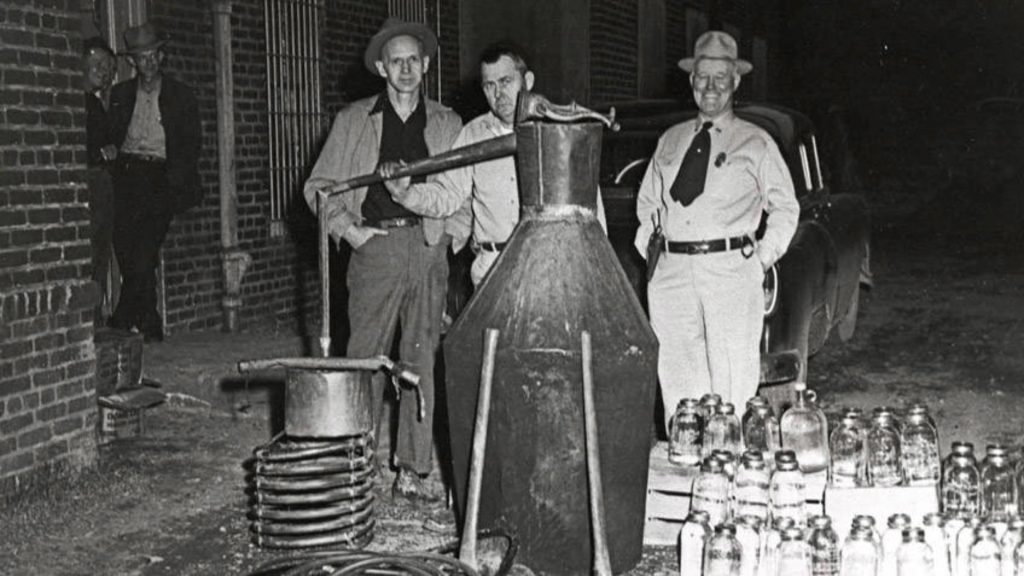
“It’s exciting for people to learn the heritage of Wilkes County.” After all, he added, “It is our heritage.”


